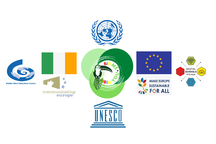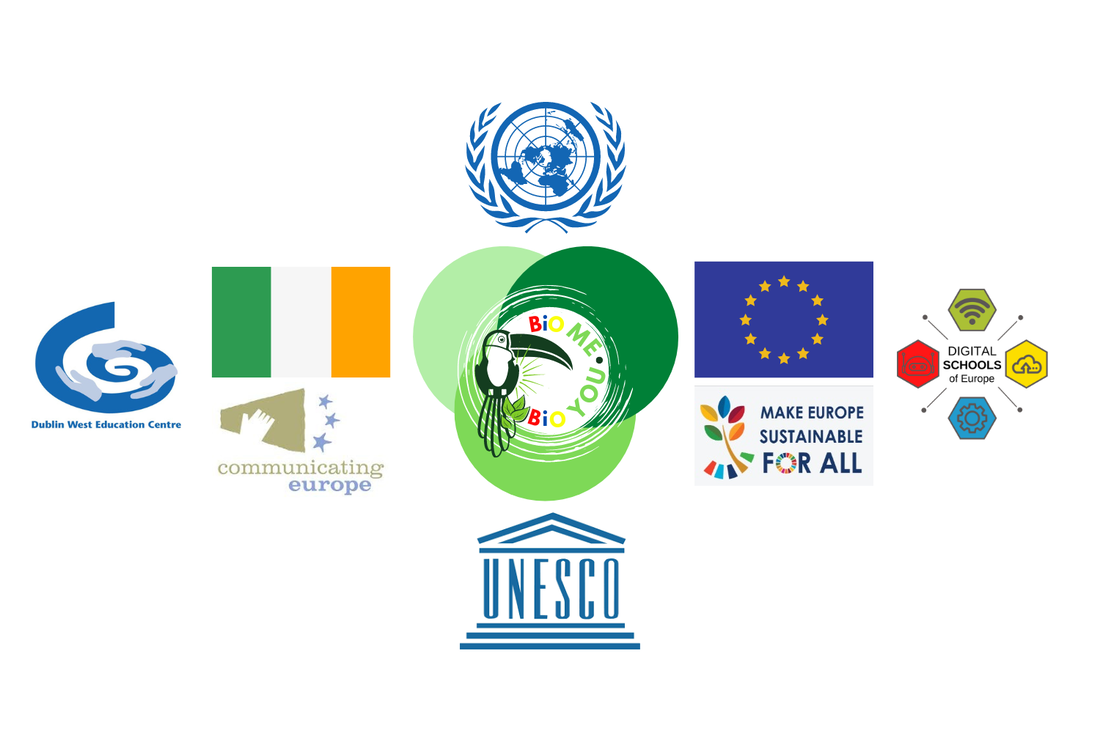Generative Artificial Intelligence - GenAI
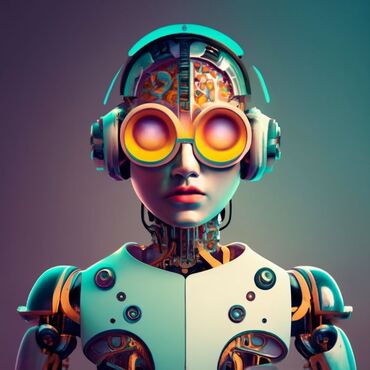
Generative Artificial Intelligence (GenAI) refers to a subset of AI technologies that are capable of generating new content, which can range from images and music to text and beyond. Unlike traditional AI that is programmed to perform specific tasks, generative AI learns from a vast amount of data how to produce outputs that can be entirely new creations. This learning process typically involves complex algorithms, such as neural networks, that find patterns in the data and use these patterns to generate similar but not identical outputs.
One of the most common methods used in Generative AI is called "deep learning," which involves artificial neural networks with many layers. These networks are trained on large datasets and learn to recognize underlying structures and relationships within the data. Once trained, they can generate new content by altering the input parameters slightly to produce different outputs. This can be likened to an artist who has learned to paint in a certain style and can create a new painting that has never been seen before but still resembles the style they were taught.
To create the resources for our VML Framework we used AI tools such as language models, AI video generators and also AI Image generators. All these technologies combine under a correct framework presents a huge potential in the field of STREAMS Education.
One of the most common methods used in Generative AI is called "deep learning," which involves artificial neural networks with many layers. These networks are trained on large datasets and learn to recognize underlying structures and relationships within the data. Once trained, they can generate new content by altering the input parameters slightly to produce different outputs. This can be likened to an artist who has learned to paint in a certain style and can create a new painting that has never been seen before but still resembles the style they were taught.
To create the resources for our VML Framework we used AI tools such as language models, AI video generators and also AI Image generators. All these technologies combine under a correct framework presents a huge potential in the field of STREAMS Education.
Language Models
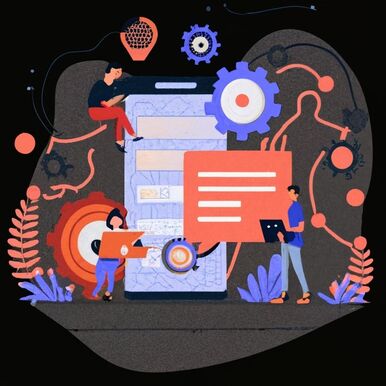
Language models (LMs) are a type of artificial intelligence that are trained to understand and generate human-like text. These models are built using vast amounts of textual data, enabling them to learn the patterns, nuances, and structures of language. They are designed to process and produce language in a way that mimics human communication, allowing them to perform tasks such as answering questions, translating languages, summarizing texts, and even creating content that reads as if it were written by a person. In education, language models can serve as powerful tools.
They can assist in personalized learning by providing students with instant feedback on their written work or by offering explanations to complex concepts tailored to an individual’s level of understanding. For educators, these models can help with creating teaching materials, generating test questions, or even automating the grading of short-answer responses. This can save time and provide additional support to manage large classes or to give more detailed attention to students' needs.
They can assist in personalized learning by providing students with instant feedback on their written work or by offering explanations to complex concepts tailored to an individual’s level of understanding. For educators, these models can help with creating teaching materials, generating test questions, or even automating the grading of short-answer responses. This can save time and provide additional support to manage large classes or to give more detailed attention to students' needs.
Video Generators
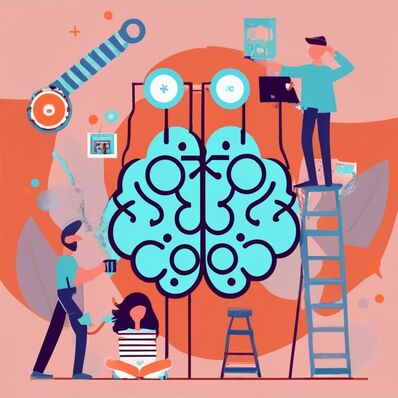
Artificial Intelligence (AI) video generators are advanced tools that leverage AI to create, edit, or enhance video content. They utilize machine learning algorithms to analyze and understand various elements within video footage, such as motion, color, and object identification. This enables the AI to generate new video sequences that can range from altering existing footage to creating entirely new scenes that appear realistic to viewers.In the educational context, AI video generators can transform the way educational content is created and delivered.
For instance, they can produce vivid visualizations of historical events, scientific phenomena, or abstract concepts, making them more accessible and engaging for students. This capability is especially useful for creating content that would be impossible, dangerous, or expensive to film in real life, like deep-sea or space explorations, historical reconstructions, or molecular animations. Moreover, AI video generators can personalize educational materials to suit different learning styles and needs, as we did with the AI Avatar Science Videos.
For instance, they can produce vivid visualizations of historical events, scientific phenomena, or abstract concepts, making them more accessible and engaging for students. This capability is especially useful for creating content that would be impossible, dangerous, or expensive to film in real life, like deep-sea or space explorations, historical reconstructions, or molecular animations. Moreover, AI video generators can personalize educational materials to suit different learning styles and needs, as we did with the AI Avatar Science Videos.
Image Generators
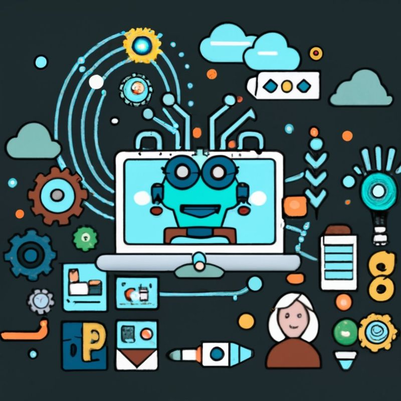
AI image generators are systems that use artificial intelligence to create visual content from textual descriptions or by learning from vast datasets of existing images. These systems typically employ generative adversarial networks (GANs) or variations of them, where two neural networks work in tandem: one generates images, while the other evaluates their realism.
Through this process, the generator improves over time, learning to produce highly detailed and accurate images that can sometimes be indistinguishable from photographs taken by a camera.
In the realm of education, AI image generators have a multitude of applications that can revolutionize teaching and learning.
They can produce accurate and detailed illustrations for textbooks, especially in subjects like biology or astronomy, where visual representation is key to understanding complex concepts. For example, they can generate images of animal anatomy, galactic structures, or historical reconstructions that provide visual context to theoretical knowledge.
Furthermore, these generators can support interactive learning by creating visuals in response to students' queries or assignments, thus offering a dynamic way to explore and understand subjects. They can also assist in art and design education by showing students how to translate imaginative concepts into visual representations, facilitating a deeper understanding of composition, color theory, and design principles. As AI image generation technology continues to evolve, its potential in enhancing creativity, engagement, and personalized learning experiences in education is becoming increasingly significant.
Through this process, the generator improves over time, learning to produce highly detailed and accurate images that can sometimes be indistinguishable from photographs taken by a camera.
In the realm of education, AI image generators have a multitude of applications that can revolutionize teaching and learning.
They can produce accurate and detailed illustrations for textbooks, especially in subjects like biology or astronomy, where visual representation is key to understanding complex concepts. For example, they can generate images of animal anatomy, galactic structures, or historical reconstructions that provide visual context to theoretical knowledge.
Furthermore, these generators can support interactive learning by creating visuals in response to students' queries or assignments, thus offering a dynamic way to explore and understand subjects. They can also assist in art and design education by showing students how to translate imaginative concepts into visual representations, facilitating a deeper understanding of composition, color theory, and design principles. As AI image generation technology continues to evolve, its potential in enhancing creativity, engagement, and personalized learning experiences in education is becoming increasingly significant.
STREAMS Lesson Plan Tools
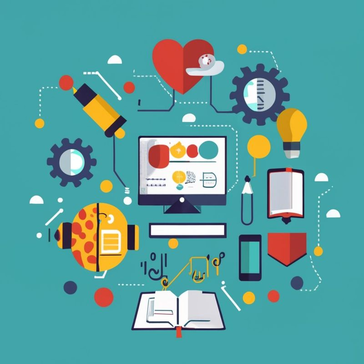
The framework comprises three primary technical components:
-AI Smart Teacher The AI Smart Teacher, powered by GPT, generates written content based on the curriculum and subject matter. This AI-driven tool personalizes learning materials for individual students and provides real-time feedback and support.
-Video Generator The AI Video Generator enables us to create engaging video content to complement the written materials generated by the AI Smart Teacher. These videos help to explain complex concepts in a more visual and interactive way, catering to different learning styles. So under our NBS STREAMS project we recreate several historical science figures that allow students to be more engaged under STREAMS Education.
-Web Repository The Web Repository serves as the central platform for hosting the AI-generated educational resources. This online platform allows for easy access, sharing, and collaboration among partners, educators, and students. Is for what this website serves.
-AI Smart Teacher The AI Smart Teacher, powered by GPT, generates written content based on the curriculum and subject matter. This AI-driven tool personalizes learning materials for individual students and provides real-time feedback and support.
-Video Generator The AI Video Generator enables us to create engaging video content to complement the written materials generated by the AI Smart Teacher. These videos help to explain complex concepts in a more visual and interactive way, catering to different learning styles. So under our NBS STREAMS project we recreate several historical science figures that allow students to be more engaged under STREAMS Education.
-Web Repository The Web Repository serves as the central platform for hosting the AI-generated educational resources. This online platform allows for easy access, sharing, and collaboration among partners, educators, and students. Is for what this website serves.
Erasmus+ Project - NBS STREAMS 2021 2 IS01 KA220 SCH 00005003
